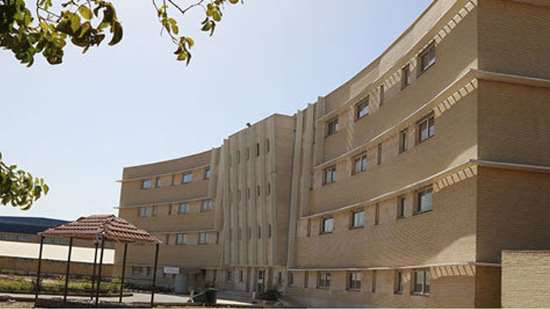FIRSTly, IT SHOULD BE NOTED THAT ZAHEDAN'S HEALTH STUDY (COHORT) IS PART OF THE PERSIAN COHORT STUDY.
AIMS AND PERSPECTIVES OF THE PERSIAN COHORT STUDY
1 - Integrating clinical research studies on the prevalence and prevention of chronic non-communicable diseases, accounting for about 80% of the causes of morbidity and mortality in the country.
2 - One of the major goals of the plan is to prevent the premature death of 90000 deaths among Iranians. Implementing prevention programs can reduce the death rate up to 80%.
3 - Making efforts to promote the healthcare throughout the country through the provision of practical proposals for the prevention of chronic non-communicable diseases in the health network system.
4 - Providing a suitable context for the training of individuals and empowering health staff in order to promote health services in the country.
5 - Establishing a strong population-based research infrastructure in the country's medical universities and expanding the concept of "health-based medicine" in medical education and paving the ground for students and medical professionals to train and do research.
6 - Special focus on improving the quality of health services in more than 100 new cities in the country, most of which currently have a rural structure and are in a state of change in epidemiological conditions.
7 - Choosing the most effective methods of prevention, diagnosis, treatment and rehabilitation in cases of chronic noncommunicable diseases (cardiovascular, cancers, chronic diseases of the digestive and liver, kidney and nervous system) in different races and ethnicities in Iran through risk factors analysis and conducting interventional studies.
8 - Providing health services packages in order to increase the life expectancy of Iranians from 5 to 10 years at the birthtime.
9 - Establishing a large bio-bank in the country as a valuable resource for conducting cognitive and basic sciences research.
10 - Participating in the production and development of knowledge domains through careful practice of medicine
11 - Establishment of the largest Bio Bank in Iran as a valuable resource for research on basic sciences and genetics and to find biomarkers of various diseases and discover ways of diagnosing and treating common diseases in Iran's medical universities.
12 - Establishing a comprehensive database of 200,000 people in the country which acts as a strong backup for health E-files.
13 - Using the national cohort database to monitor the status of health and disease among different Iranian races
14 - Strengthening the scientific cooperation networks of the medical universities around the country
15 - Establishing scientific cooperation with the most important scientific and research centres around the world, along with the exchange of researchers and students.
16 - Providing international research funds for the universities of medical sciences in Iran and their participation in major international scientific cooperation
PHASES OF HEALTH STUDY (COHORT) ZAHEDAN:
The study of cohort has 3 phases: pilot, registration and follow-up.
PILOT PHASE:
In this study, according to the objectives and comprehensive protocol, 1000 qualified people in Zahedan have been invited since October, 2015.
ENROLLMENT PHASE:
In this study, according to the objectives and comprehensive protocol, 9000 adults between 35 to 70 years of age of both genders were enrolled in urban areas of Zahedan. The basis to determine age was the ID cards. In a general questionnaire, in addition to the age based on ID card, the self-decelerated age was also recorded.
Inclusion CRITERIA:
1 - The most important inclusion criterion was the age of 35-70 years.
2 - Only local residents were invited.
A. The requirement for immigrants from other cities or countries is at least one year of living in that region.
B. Non-immigrant people, are required to reside for at least 9 months in that area.
3 - Only individuals with Iranian nationality can participate in the study.
exclusion CRITERIA:
1 - People who are not willing to participate in the study, despite explaining the benefits of the study plan for participation.
2 - People who are not able to communicate to respond.
A: Deaf, blind, dumb or disabled, who are not able to visit the cohort centre.
B: People with mental disorders, mental retardation and/or any psychiatric illness in the acute phase, like psychosis, who are not being treated.
SAMPLE SIZE:
According to the national protocol, the size of the cohort sample is 10,000 in Zahedan University of Medical Sciences.


